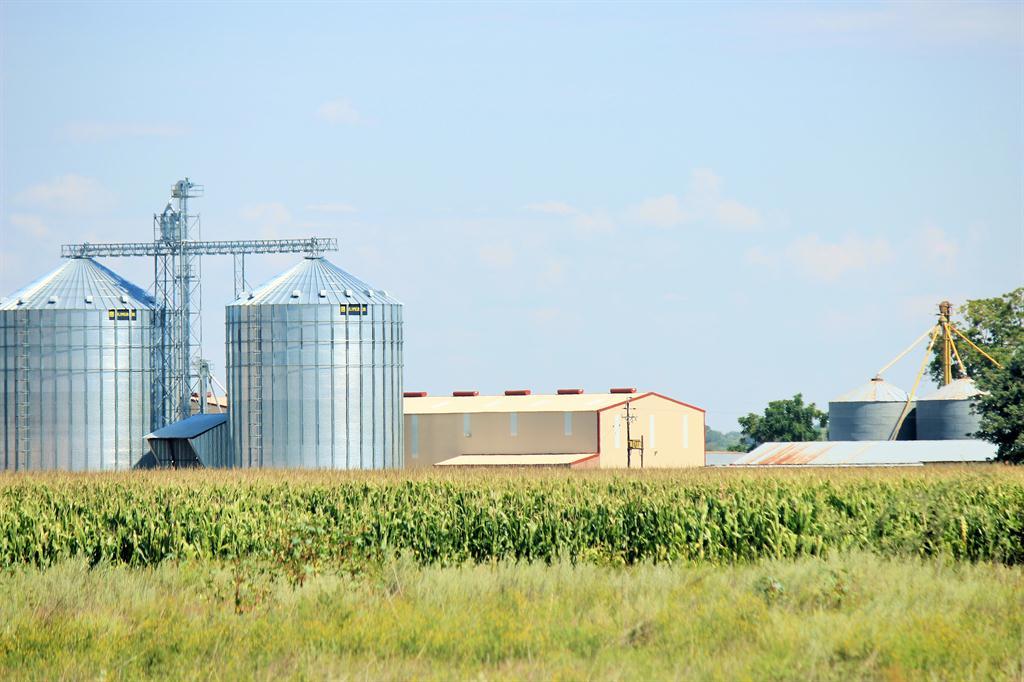Restocking of silos under way
ELLANIE SMIT
WINDHOEK
Household food security in Namibia has improved considerably thanks to a significant improvement in agricultural production this year.
Meanwhile, the country is restocking its national strategic food reserves at government silos throughout the country.
This is according to the Post-Harvest Crop and Household Food Security Monitoring Assessments conducted in the seven northern communal farming regions by the agriculture ministry from 26 May to 22 June.
According to the report, as at 27 July this year, the National Strategic Food Reserves stocks were very low, representing only 4.55% of the overall capacity of 22 900 tonnes.
“However, the restocking exercise has started as from May this year and is expected to run until end of October 2020.”
The stocks consist of white maize: 246.1 tonnes at Katima Mulilo, 665.98 tonnes at Rundu and 11.44 tonnes at Omuthiya. The Okongo silos hold about 119.37 tonnes of pearl millet, while the Tsandi silos are empty.
Food aid
“The silos became empty early this year, following intensive rollout of the drought food relief programme last marketing season in response to the unprecedented and severe drought that has ravaged the country last year,” the report explained.
The report said many farmers have started selling their grain surplus to commercial millers, individuals or the Agricultural Marketing and Trade Agency (AMTA).
In the Zambezi, Kavango East and Kavango West regions, most households interviewed indicated that this season's harvest was above normal and much higher than last season's poor harvest.
Pests
Although the region experienced outbreaks of fall armyworm and migratory locusts as well as floods which affected the harvest, farmers indicated that it would sustain them well into the next harvest, according to the report.
It said food security in the Omusati, Oshikoto, Oshana and Ohangwena regions has also improved considerably.
“Many farmers recorded a bumper harvest this year, which is expected to sustain households to the next harvest.” Elsewhere in the country food security has improved in many areas after a good rainy season, the report added.
“However, in the south, central and western parts of the country, in particular //Karas, Hardap and Erongo, south of Khomas and south of the Kunene region, the situation is worrisome and requires monitoring and interventions for vulnerable groups.”
WINDHOEK
Household food security in Namibia has improved considerably thanks to a significant improvement in agricultural production this year.
Meanwhile, the country is restocking its national strategic food reserves at government silos throughout the country.
This is according to the Post-Harvest Crop and Household Food Security Monitoring Assessments conducted in the seven northern communal farming regions by the agriculture ministry from 26 May to 22 June.
According to the report, as at 27 July this year, the National Strategic Food Reserves stocks were very low, representing only 4.55% of the overall capacity of 22 900 tonnes.
“However, the restocking exercise has started as from May this year and is expected to run until end of October 2020.”
The stocks consist of white maize: 246.1 tonnes at Katima Mulilo, 665.98 tonnes at Rundu and 11.44 tonnes at Omuthiya. The Okongo silos hold about 119.37 tonnes of pearl millet, while the Tsandi silos are empty.
Food aid
“The silos became empty early this year, following intensive rollout of the drought food relief programme last marketing season in response to the unprecedented and severe drought that has ravaged the country last year,” the report explained.
The report said many farmers have started selling their grain surplus to commercial millers, individuals or the Agricultural Marketing and Trade Agency (AMTA).
In the Zambezi, Kavango East and Kavango West regions, most households interviewed indicated that this season's harvest was above normal and much higher than last season's poor harvest.
Pests
Although the region experienced outbreaks of fall armyworm and migratory locusts as well as floods which affected the harvest, farmers indicated that it would sustain them well into the next harvest, according to the report.
It said food security in the Omusati, Oshikoto, Oshana and Ohangwena regions has also improved considerably.
“Many farmers recorded a bumper harvest this year, which is expected to sustain households to the next harvest.” Elsewhere in the country food security has improved in many areas after a good rainy season, the report added.
“However, in the south, central and western parts of the country, in particular //Karas, Hardap and Erongo, south of Khomas and south of the Kunene region, the situation is worrisome and requires monitoring and interventions for vulnerable groups.”





Comments
Namibian Sun
No comments have been left on this article